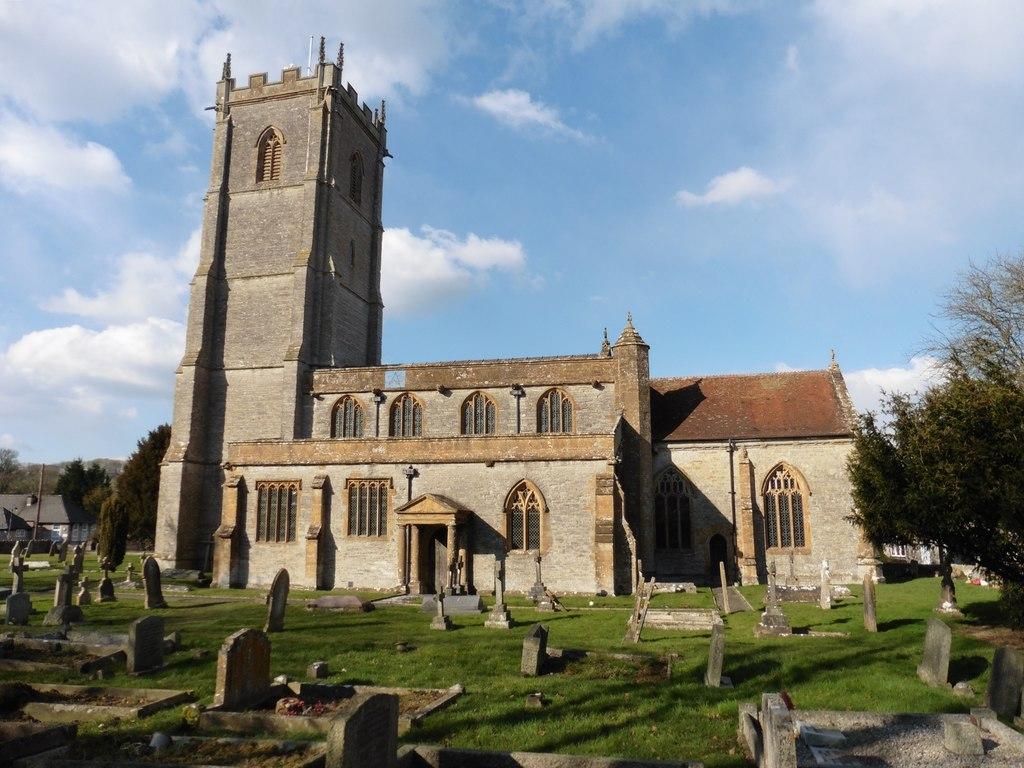Holy Cross
Weston Bampfylde, Somerset

St Barnabas is a Grade 1 listed building dating from the 14th century with an impressive rood screen, font and pulpit.
Queen Camel, Somerset
The first mention of a church consisting of just a nave was in 1291. This was the forerunner of the present church with extensive rebuilding taking place in the 14th and 15th centuries. The stonework is in Blue Lias and carved work in Hamstone.
The tower (c1380) was built up against the earlier nave and is unique in Somerset being the only one built in five stages to a height of 96ft. It is home to the heaviest peal of six bells in the world with a combined weight of 6.011 tonnes. On completion of the tower, the nave roof was lifted to its present height and the north and south aisles constructed. This took place around 1400 together with windows being inserted on each side, greatly increasing the amount of light inside the building.
The font (c1400) was made during the building period of the present church and has an unusual octagonal design.
The pulpit (c1480) has an ornate appearance and dates back to the early days of the nave. The lectern (1889) is a magnificent, well proportioned eagle firmly clutching a rock carved in oak salvaged from the drawbridge of Edinburgh Caste which was being repaired at the time.
The imposing rood screen was constructed around 1480 and is of the five bayed Somerset type. The chancel has an embossed barrel roof which displays a high level of craftsmanship from the 14th to 19th centuries. The stained glass window depicting the Ascension was installed as part of the restoration work carried out in 1887.
Weston Bampfylde, Somerset
Sparkford, Somerset
An attractive Grade II* Listed village church set in the village of Sparkford in South Somerset.
Chilton Cantelo, Somerset